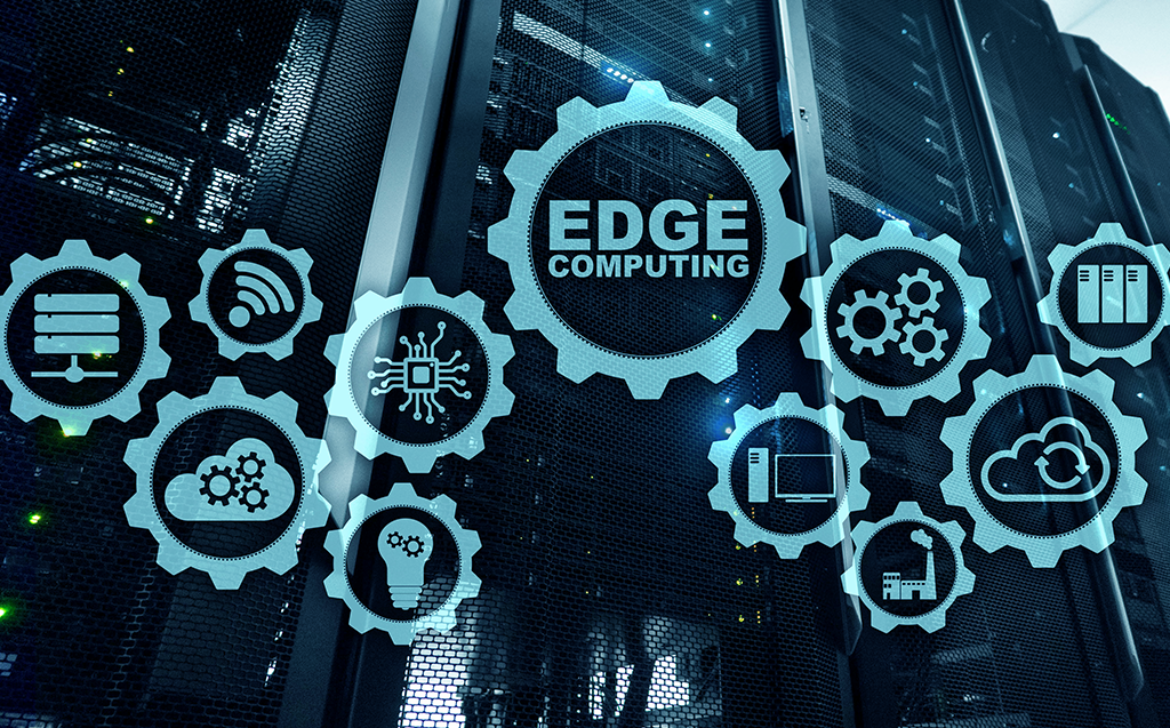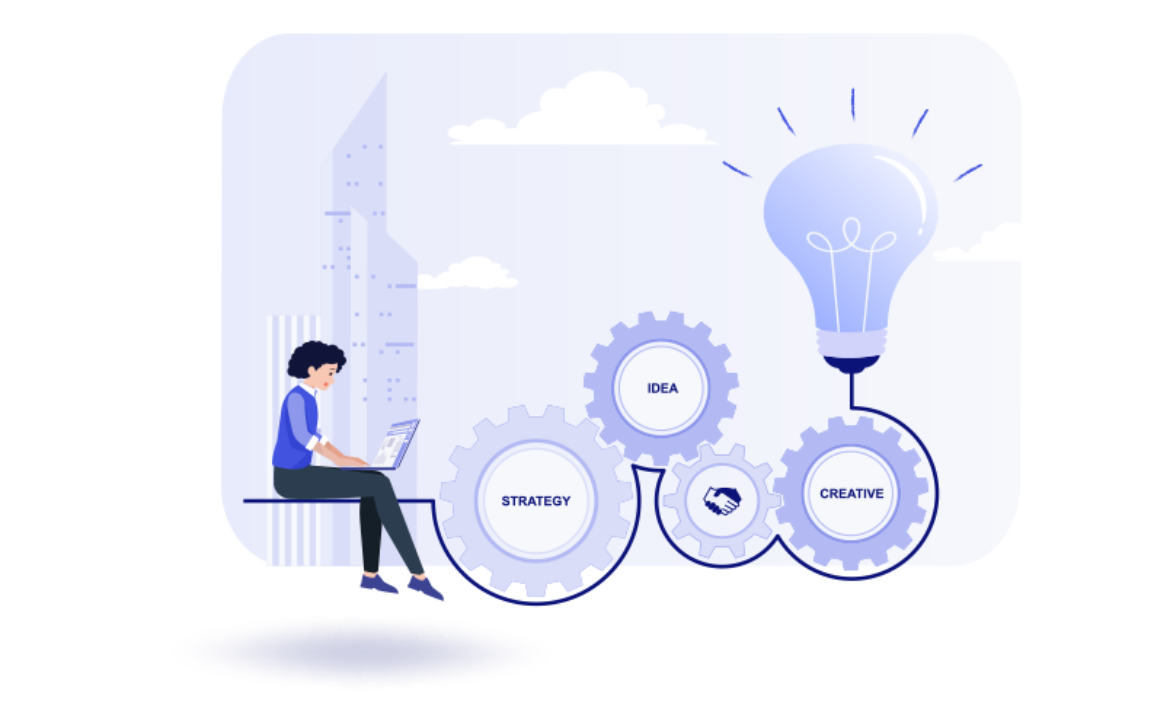5G Technology and Its Impact: Navigating Benefits and Challenges of the Fifth-Generation Wireless Technology
The advent of 5G technology has sparked a digital revolution, promising unprecedented connectivity and transforming various sectors. As the fifth-generation wireless technology continues to roll out across the globe, its impact on industries, society, and everyday life is becoming increasingly evident. In this article, we’ll explore the multifaceted benefits and challenges posed by 5G technology.
Benefits of 5G Technology:
- Enhanced Speed and Bandwidth: 5G boasts incredibly fast speeds and greater bandwidth, allowing for almost instantaneous data transfers. This is a game-changer for applications like HD streaming, online gaming, and high-quality video conferencing.
- Low Latency: The low latency of 5G reduces lag significantly, making real-time interactions possible. This is crucial for applications like remote surgery, autonomous vehicles, and IoT devices.
- IoT Revolution: 5G’s robust network can accommodate a massive number of devices simultaneously, driving the growth of the Internet of Things (IoT). Smart cities, homes, and industries will benefit from seamless connectivity.
- Industry Transformation: Sectors like manufacturing, healthcare, and logistics will experience enhanced automation and efficiency due to the low latency and high capacity of 5G networks.
- Remote Work and Telemedicine: 5G facilitates smoother remote work experiences and enables advanced telemedicine solutions, providing high-quality medical care remotely.
- Augmented Reality (AR) and Virtual Reality (VR): AR and VR applications will flourish with 5G, delivering immersive experiences without delays, making them more accessible for education, entertainment, and training.
- Smart Infrastructure: 5G enables real-time monitoring and management of critical infrastructure such as utilities and transportation, leading to improved maintenance and sustainability.
- Edge Computing: 5G networks support edge computing, reducing the need to send data to centralized servers and enabling faster processing for time-sensitive applications.
- Global Connectivity: 5G has the potential to bridge the digital divide by providing fast and reliable internet access to remote and underserved areas, fostering economic growth and education.
Challenges of 5G Technology:
- Infrastructure Investment: Deploying 5G networks requires substantial infrastructure upgrades, including new cell towers and equipment, which can be costly and time-consuming.
- Health Concerns: Some studies have raised concerns about potential health effects of prolonged exposure to the higher frequency electromagnetic radiation used in 5G networks, although regulatory bodies assert its safety.
- Privacy and Security: The increased connectivity also brings about heightened concerns over data security and privacy breaches, as more devices become vulnerable to hacking and cyberattacks.
- Digital Divide: While 5G has the potential to connect remote areas, there’s a risk that the deployment might initially exacerbate the digital divide due to uneven rollout.
- Spectrum Congestion: As more devices connect to 5G networks, there’s a possibility of spectrum congestion, which could impact network performance.
Conclusion
5G technology is poised to redefine how we interact with the digital world and usher in a new era of connectivity and innovation. While its benefits are vast and promising, it’s essential to address the challenges responsibly, ensuring that the potential health, security, and equity concerns are thoroughly evaluated and mitigated. As 5G continues to unfold, it’s a collective endeavor to harness its capabilities for the betterment of society while navigating the complexities it presents.










